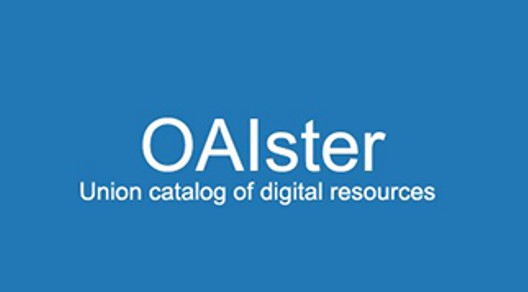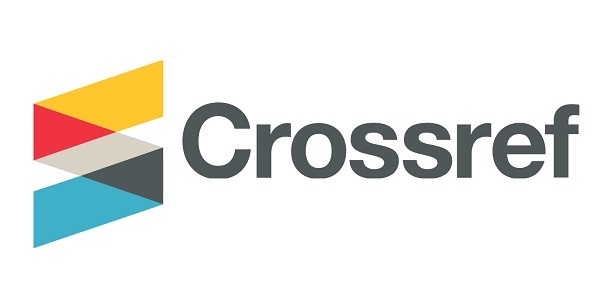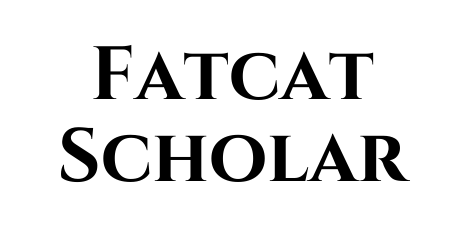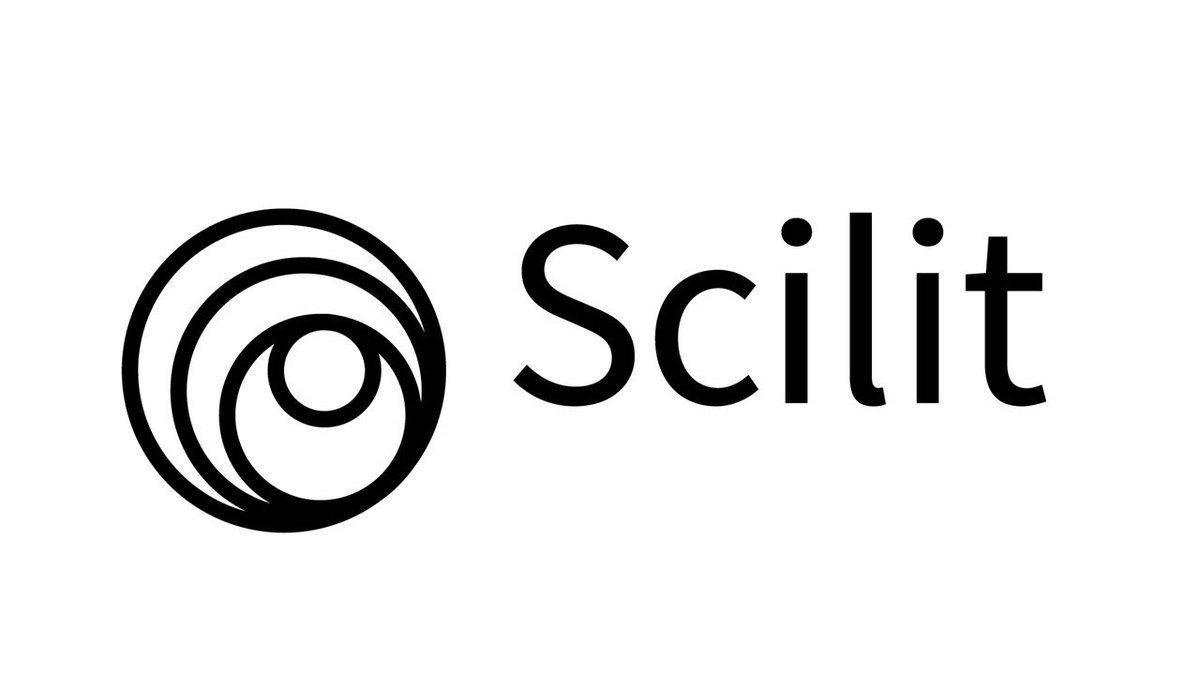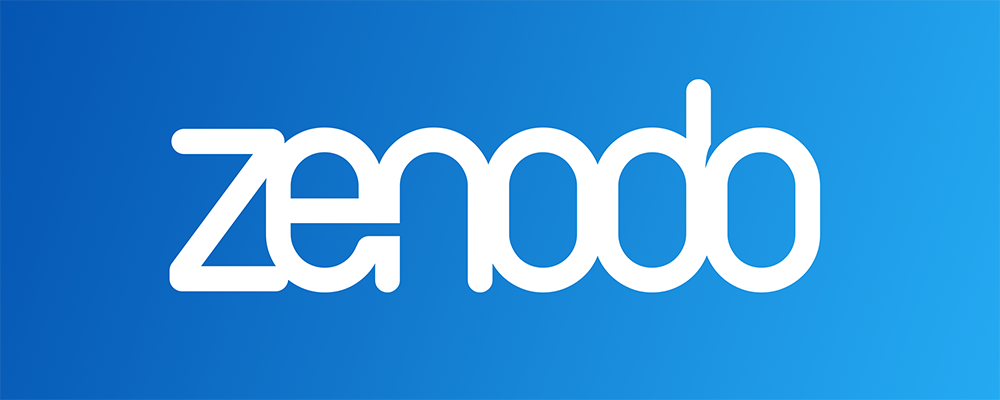CBDCs and the Future of Global Money: Sovereignty, Surveillance, and the Emerging Digital Monetary Order
DOI:
https://doi.org/10.5281/zenodo.17432969Abstract
Central Bank Digital Currencies (CBDCs) are a truly big deal. They're one of the most important changes happening to money itself in our century. This paper dives into why countries are exploring CBDCs, how they might design them, and what this could mean for the world – especially looking at major players like the EU, the US, and China.
We start by looking at what experts are saying. Then, we explore the key questions: How will CBDCs affect things like setting interest rates (monetary policy)? Could they make the financial system more stable, or less? What does it mean for a country's control over its own digital space ("digital sovereignty")? And how might they change the way money moves across borders?
We also look at the bigger global picture. It's not just about technology; it's about power and influence. Different countries have different ideas about how CBDCs should be run, creating some tension. This competition could actually reshape the entire global financial system.
To make sense of it all, we develop a framework. This helps clarify the pathways through which CBDCs could create exciting new opportunities, but also carry risks that might affect the whole financial system.
Finally, we wrap up by highlighting the crucial policy questions leaders need to tackle and point out where we need more real-world evidence to understand how CBDCs will actually work in practice.
Keywords: Monetary policy; Central Bank Digital Currency; digital sovereignty; financial stability; global finance; cross-border payments; privacy; geopolitics.
Downloads
Published
How to Cite
Issue
Section
License

This work is licensed under a Creative Commons Attribution-NonCommercial-NoDerivatives 4.0 International License.








